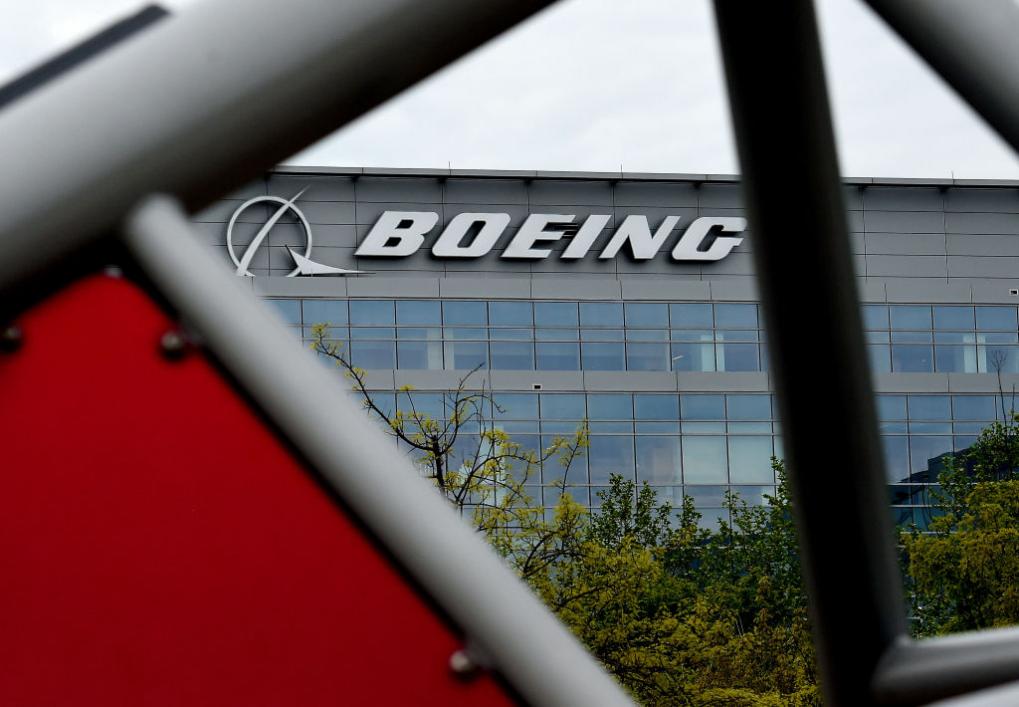
Recently, the Boeing Company released the third quarter of 2024 financial report shows that the company lost more than $6 billion in the quarter, which is not only shocking, but also triggered deep thinking about the future development of Boeing and the entire aviation manufacturing industry.
The immediate trigger for Boeing's third-quarter loss was undoubtedly the ongoing strike at its West Coast plant. About 33,000 workers have been on strike for nearly six weeks since September over pay, conditions and contracts. The strike was like a sudden storm that severely hit Boeing's production chain. Production lines were interrupted and delivery plans were disrupted, which not only led to a backlog of customer orders, but also caused the company's operating costs to surge and its capital reserves to be rapidly consumed. According to the report, Boeing's cash burn in the third quarter was as high as $1.96 billion, far more than the $310 million in the same period last year, which is undoubtedly worse for the company's financial situation.
The strike not only exposed contradictions and conflicts in Boeing's internal management, but also reflected the delicate balance between workers' rights and corporate efficiency in the global manufacturing industry under economic pressure. Boeing CEO Kelly Otterberg said during the strike that the company needed a "fundamental change in its corporate culture," which was both a profound reflection on the status quo and an urgent call for the future.
In addition to internal factors, the external market environment facing Boeing is also not optimistic. The global aviation industry has gradually recovered after being hit hard by the COVID-19 pandemic, but market demand remains weak. Travel restrictions, weak consumer confidence and a slowing global economy have combined to cut airline orders sharply. As the world's leading aircraft manufacturer, Boeing's business is naturally affected. In the third quarter, Boeing's revenue was just $17.8 billion, down 1 percent from a year earlier, a figure that directly reflects the shrinking market demand.
What is more serious is that Boeing's core product, the 737 MAX series of aircraft, has been grounded or banned worldwide since two air crashes in 2018 and 2019, and its market reputation and sales have been hit hard. Despite Boeing's efforts to fix the safety breach and regain regulatory approval, the restoration of market trust did not happen overnight. Coupled with the rapid rise of other competitors in recent years, Boeing's share in the commercial aircraft market is facing severe challenges.
Globalization has brought Boeing unprecedented development opportunities, but now, this trend has become one of the problems it has to face. Boeing has a global supply chain, and a break in any one link could have a major impact on the entire production system. In recent years, force majeure factors such as geopolitical tensions, trade disputes and natural disasters have occurred frequently, resulting in serious threats to supply chain stability.
In particular, during the epidemic, global supply chains were disrupted and logistics were hindered, making manufacturing companies such as Boeing face raw material shortages and rising costs. To alleviate these problems, Boeing had to devote more resources to rebuilding and adjusting its supply chain, which undoubtedly further increased the financial burden on the company.
As a leader in the aerospace industry, Boeing has always regarded technological innovation as an important part of its core competitiveness. However, with the continuous progress of science and technology and the increasingly fierce market competition, Boeing has invested more and more in technology research and development. From the design of new aircraft to the application of advanced manufacturing technology, every innovation requires huge financial support.
In the context of serious losses, how to ensure research and development investment while effectively controlling costs, has become an urgent problem to be solved. In addition, technological innovation itself is also accompanied by huge risks, once the research and development fails or the market does not accept, it will bring a heavier blow to the company.
Overall, Boeing lost more than $6 billion in the third quarter, the result of multiple factors. From the internal management contradictions to the external market environment, from the fragility of the supply chain to the pressure of technological innovation, every link has exposed the severe challenges Boeing is currently facing. It is hoped that after going through this profound crisis, Boeing will be able to learn from it, adjust its strategy, and move into the future with a more steady pace.

With a loud bang, a nearly 30 meter high giant grain silo in Illinois, USA collapsed, and 816 tons of soybeans broke through the silo walls like a yellow torrent, instantly turning the lawn into a "golden sand dune".
With a loud bang, a nearly 30 meter high giant grain silo i…
Recently, countries such as the United States, Japan, and t…
Recently, Ukraine once again targeted the Novogorsk Petroch…
Recently, according to Reuters, European stock markets have…
In the global market recently, international oil prices and…
On October 22 local time, the US Treasury Department announ…